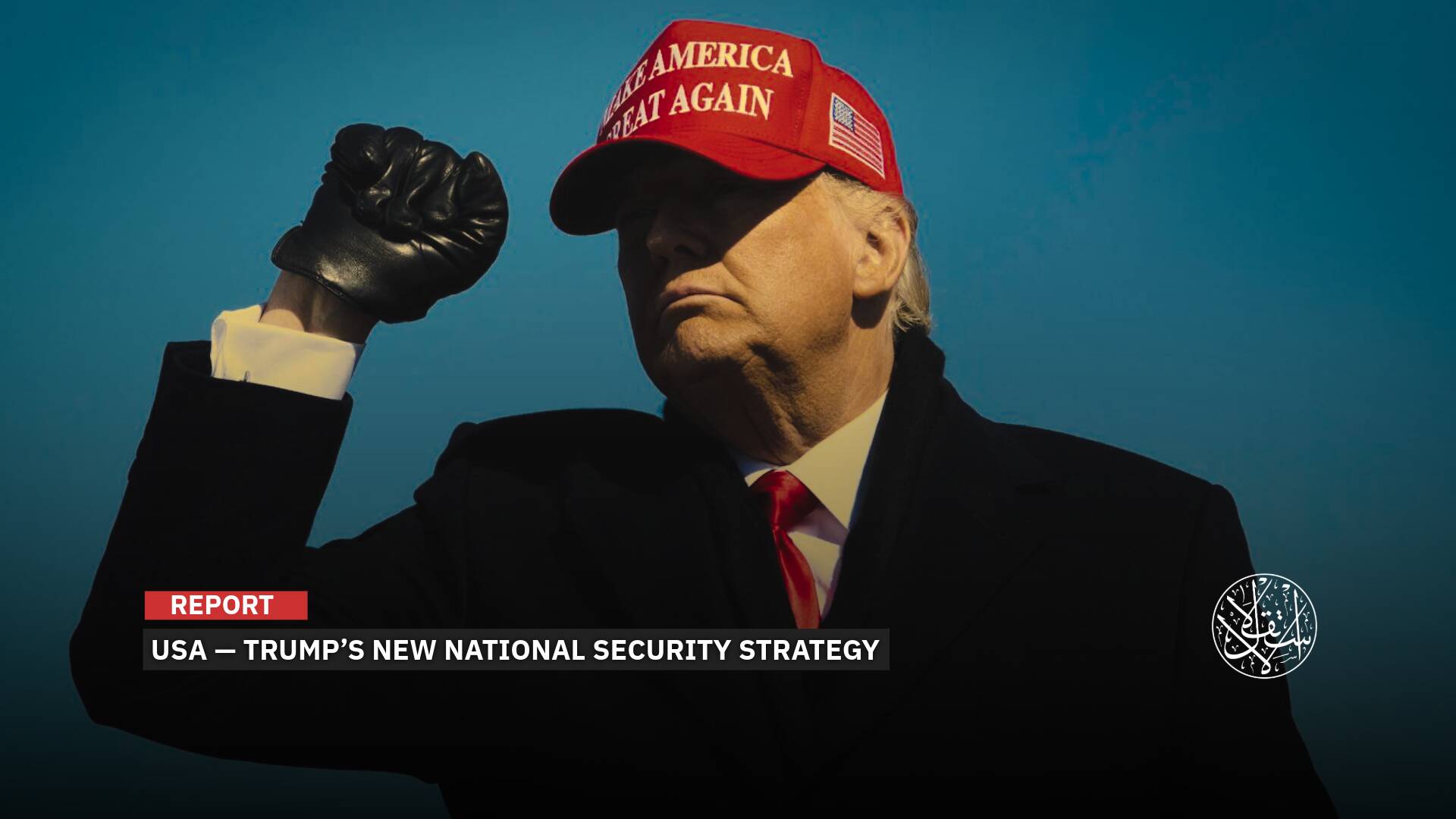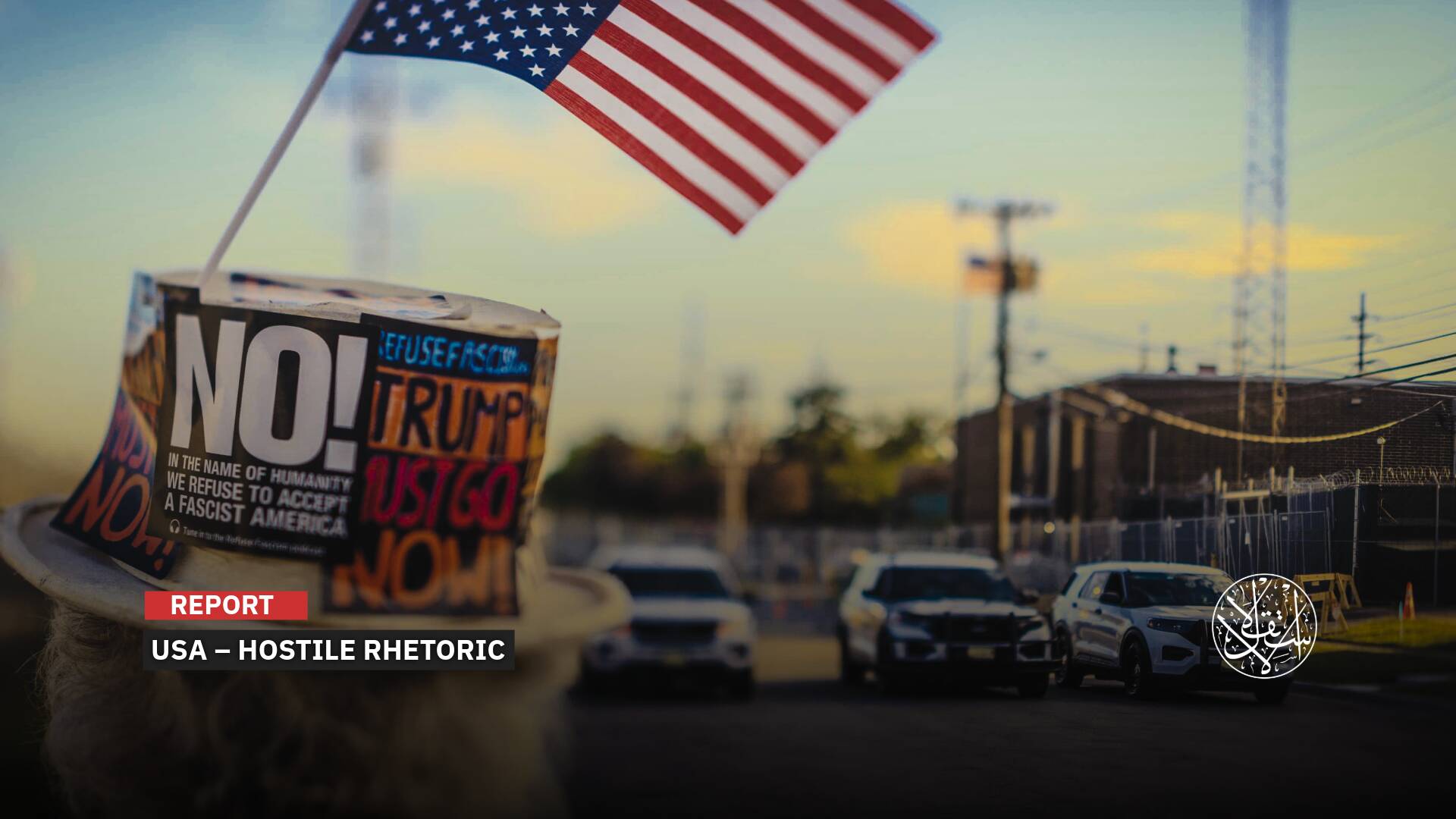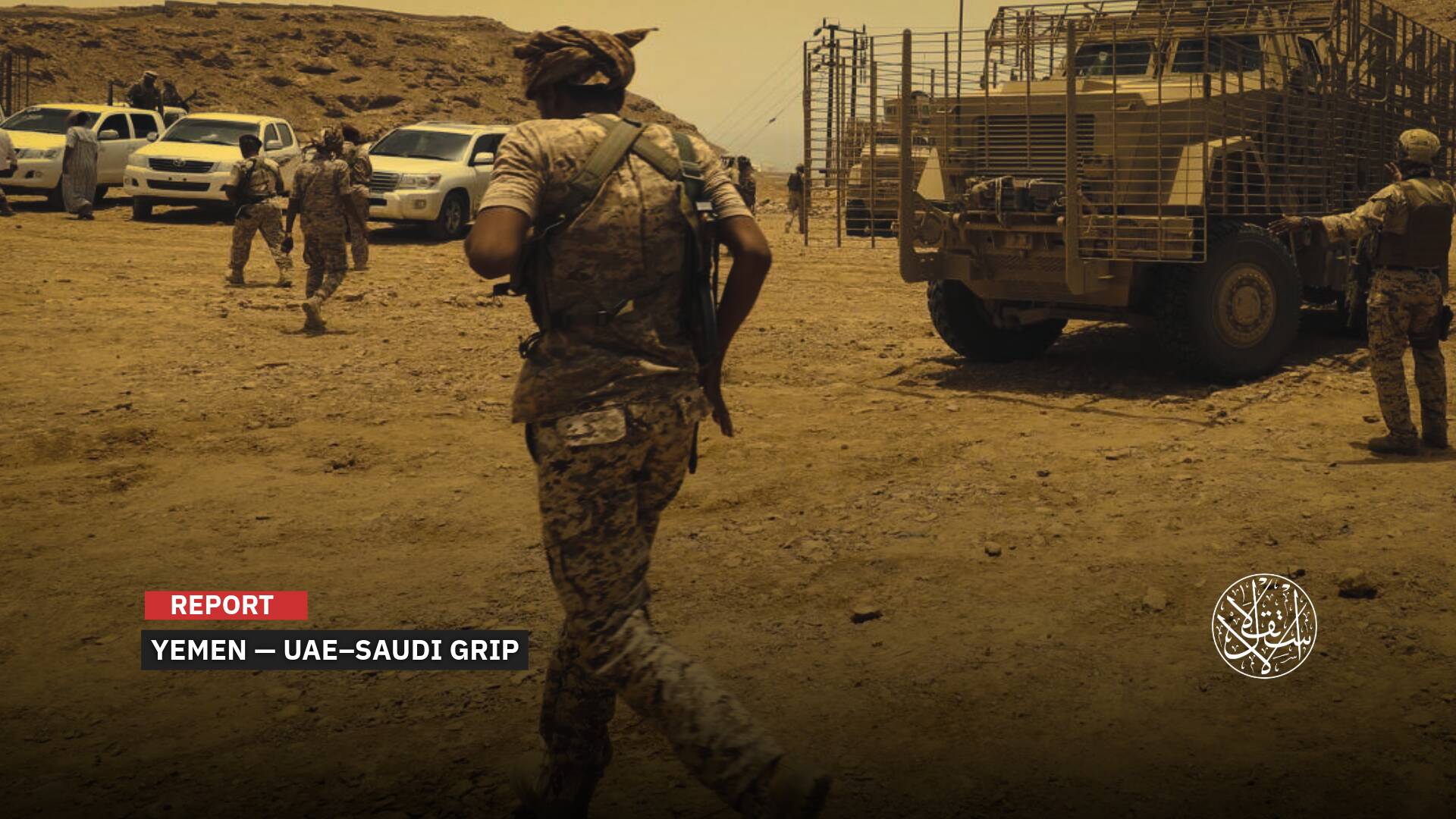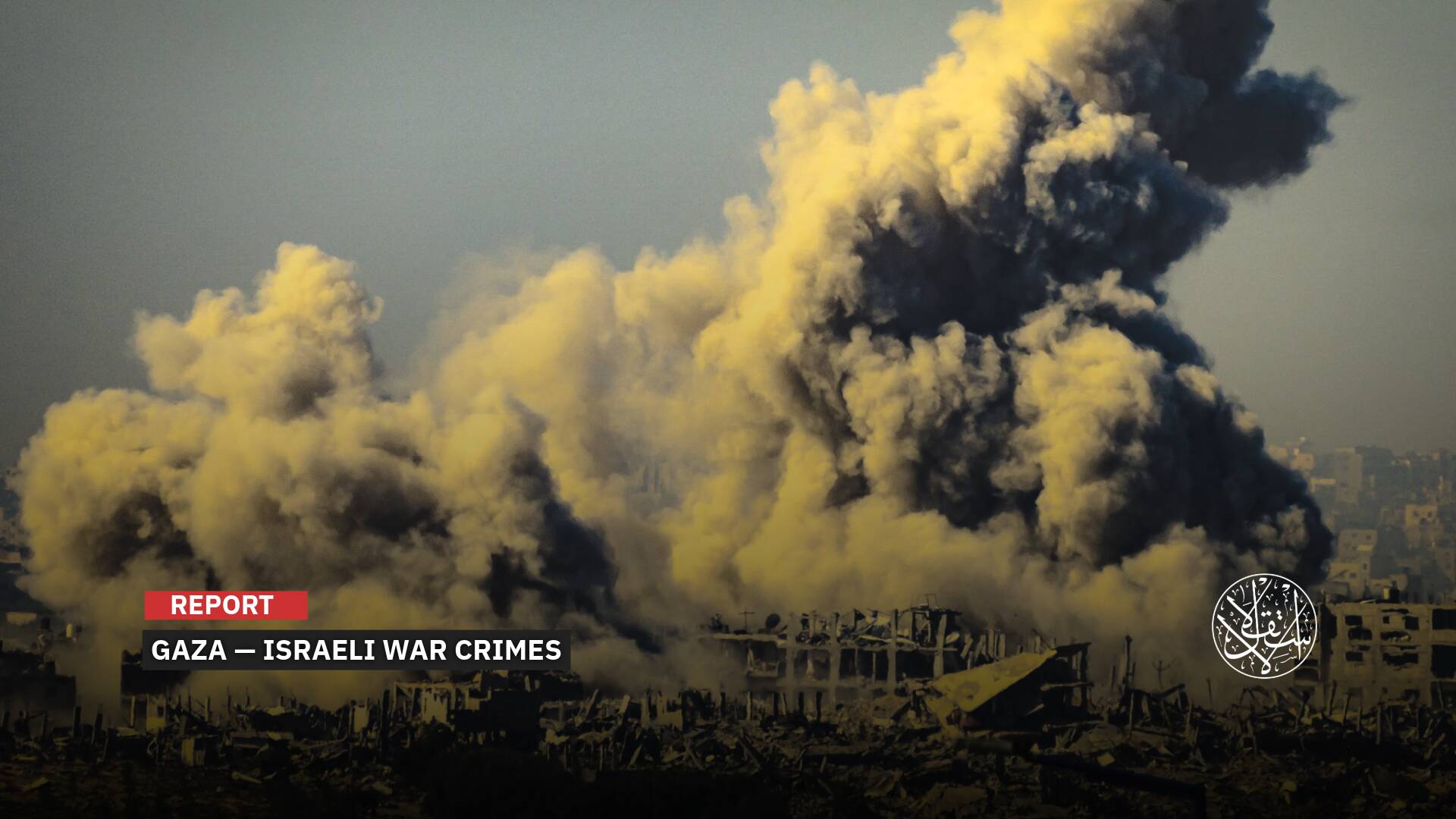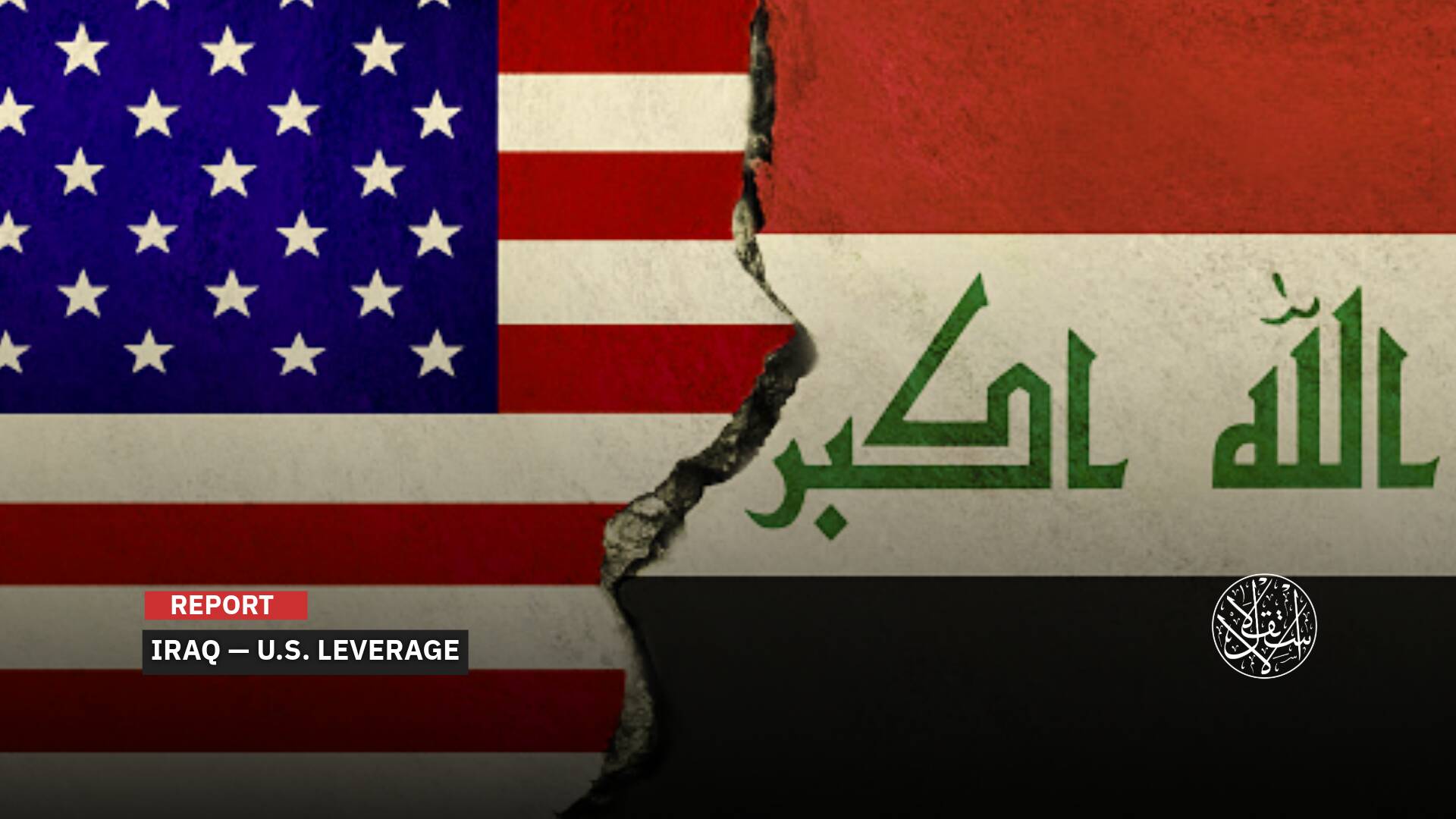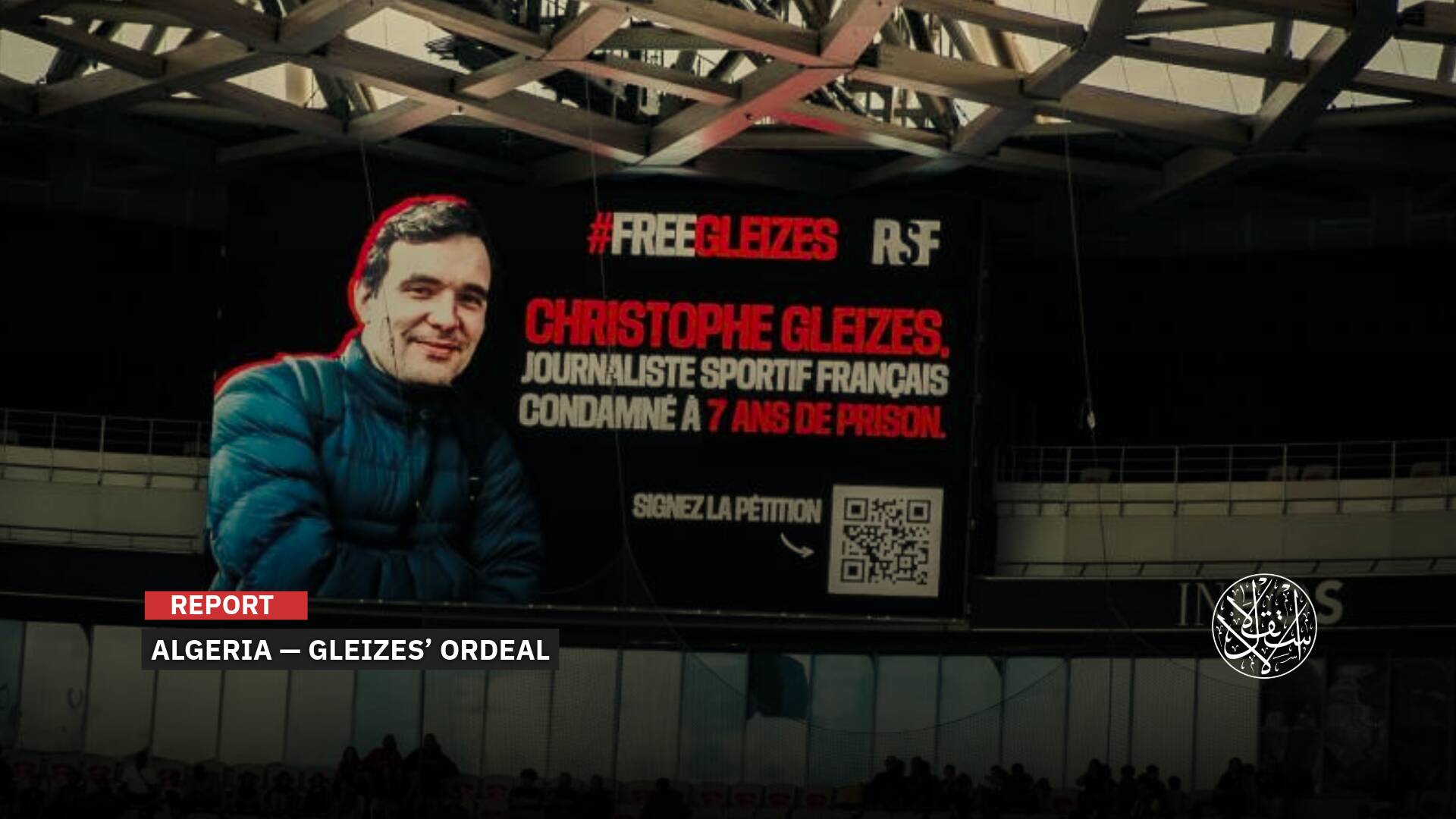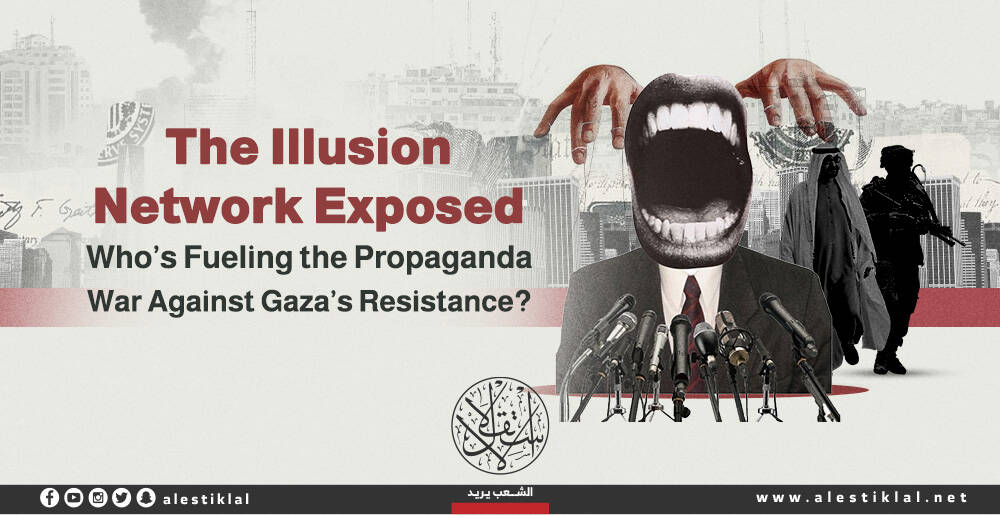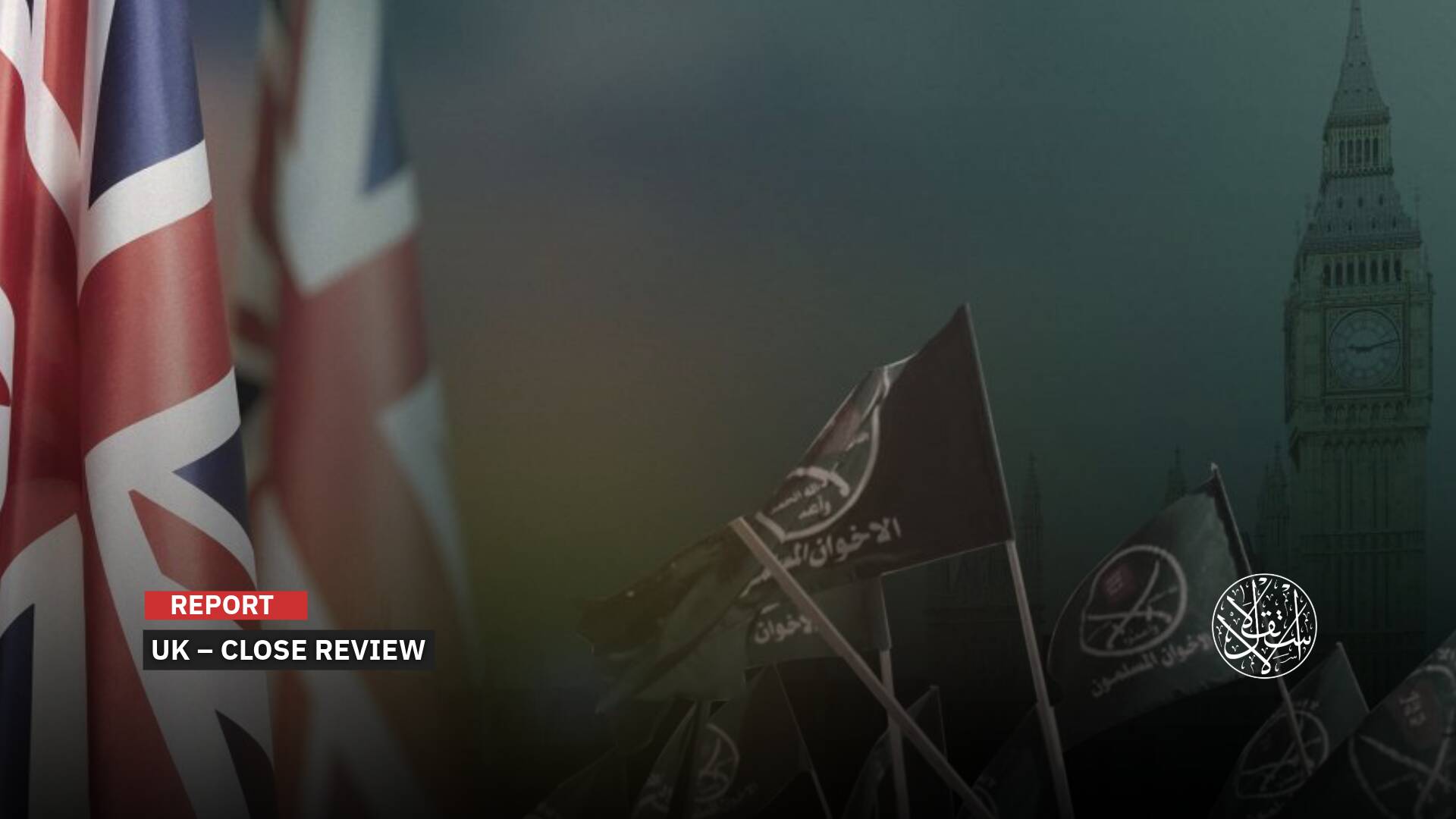Is a New Middle Eastern NATO Forming to Fight the Axis of Resistance?

The US and its regional allies have activated coordination mechanisms throughout the Middle East
Tensions in the Middle East have escalated sharply following two high-profile assassination operations conducted by the Israeli occupation.
The first operation targeted Hezbollah commander Fouad Shukr in the southern suburb of Beirut, Lebanon's capital, while the second targeted Ismail Haniyeh, the head of Hamas’s political bureau, during his visit to Tehran.
In response, both Iranian and Lebanese leaders have issued unequivocal warnings, pledging a clear and forceful retaliation.
Statements from these leaders suggest that their responses may deviate from established rules of engagement, a move underscored by what Western and Israeli intelligence sources describe as "unprecedented" preparations on the ground.
Analysts predict that the impending response will not be limited to Iran alone but will likely involve coordinated actions by multiple factions within the "Axis of Resistance," including Hezbollah in Lebanon and the Ansar Allah movement in Yemen.
Both groups have been targets of recent Israeli strikes, and their involvement would align with the Axis's broader strategy of unified confrontation against Israel.
Changing Players
In preparation for this expected retaliation, the United States and its regional allies have activated coordination mechanisms between American military bases and allied forces throughout the Middle East, further heightening tensions in an already volatile region.
Upon entering office, President Joe Biden's administration adopted a foreign policy strategy that prioritized reducing the American military presence in the Middle East.
This shift was intended to refocus U.S. efforts on countering other strategic challenges, particularly the growing influence of China and Russia on the global stage.
However, the administration recognized the risks of creating a power vacuum in the Middle East, which could lead to an expansion of Iranian influence, especially after China brokered a reconciliation between Saudi Arabia and Iran.
This agreement, aimed at easing regional tensions and restoring diplomatic relations, sent a clear signal to Washington about the shifting dynamics in the region.
The U.S. became increasingly concerned as China’s flexible approach toward Saudi Arabia’s desire for advanced American weaponry clashed with restrictions imposed by the Biden administration.
Jordan’s King Abdullah II expressed support for the creation of a Middle Eastern military alliance akin to NATO, echoing Israeli Defense Minister Benny Gantz’s June 2022 announcement of an emerging air defense alliance in the region led by the United States.
Gantz emphasized that this cooperation, already operational, had successfully intercepted Iranian attacks and could be further bolstered by Biden's visit.
Beyond Iran, the Biden administration is also concerned about the implications of the ongoing war in Ukraine for U.S. interests in the Middle East.
Russia's efforts to persuade Gulf states to keep oil prices high and avoid joining Western sanctions have introduced new geopolitical tensions, complicating the regional landscape.
With the uncertainty of Russia's next moves and the expansion of China's Belt and Road Initiative, the U.S. finds itself in urgent need of reliable allies in the Middle East.

Al-Aqsa Flood
The “Al-Aqsa Flood” operation has emerged as a crucial test, pushing all regional players into the spotlight and forcing them to confront the reality of their strategic positions.
This confrontation marked the first significant instance where multiple fronts coordinated their efforts to divert Israeli forces from Gaza, moving beyond theoretical strategies and into practical application.
Hezbollah’s targeted strikes on settlements in northern “Israel”, the disruption of Israeli maritime routes by Yemeni forces, and drone attacks from Iraqi factions were key components of this multi-front engagement.
There were also reports of isolated operations from Syria and even a launch by forces of Bahraini origin. Each of these actions underscored the complexity and breadth of support fronts that align with the broader resistance axis.
In early April, an Israeli airstrike targeted a building adjacent to the Iranian consulate in Damascus, leading to the death of several Iranian Revolutionary Guard officers, including Brigadier General Mohammad Reza Zahedi.
Iran’s subsequent retaliation against Israeli targets highlighted the depth of coordination between the U.S., the Israeli occupation, and their regional allies, testing the integration of their defensive efforts.
Iran’s missile strike on the Israeli occupation that month reignited discussions about forming a Middle Eastern military alliance akin to NATO, potentially bringing together Gulf states, Egypt, and Jordan under U.S. leadership.
While several countries involved in these defense efforts have remained discreet about their roles, Israel’s military spokesperson confirmed that Israeli air defenses, with assistance from the U.S. and other allies, intercepted most of the Iranian missiles and drones—a clear indication of the broader coalition’s involvement.
Jordan, however, openly supported the idea of such an alliance, having previously hosted NATO coordination offices and entered into defense treaties with the U.S.
In April, Jordan publicly acknowledged its role in the defensive effort, claiming responsibility for downing aerial targets in its airspace, and reiterated its readiness to confront any threats that might pass through its skies, especially as tensions with Iran escalated.

Anticipated Confrontation
The apparent success of the missile defense systems, including Israel’s joint air defense network and U.S. and allied bases in the region, offered a glimpse into the progress of these clandestine defense alliances.
Political researcher Tariq Bodyafa said that the transfer of responsibility for U.S.-Israel military relations from the U.S. European Command to the U.S. Central Command further underscored the strategic shift aimed at deepening operational cooperation between the Israeli occupation and U.S. allies in the region, including several Arab states, albeit some unofficially.
“Looking ahead, the anticipated confrontation between Iran and the Israeli occupation, potentially involving multiple fronts of the resistance axis, is poised to be a critical juncture,” Bodyafa told Al-Estiklal.
Despite claims of success from Israeli and U.S. officials regarding last April’s confrontation, the Iranian missile attacks and drone swarms appeared more aimed at sending a message than causing destruction.
Thus, the engagement cannot be seen as a definitive test of the defensive alliance’s ability to counter the missile capabilities of Iran and its allies.
“The surprise demonstrated by the U.S.-led defensive alliance was matched by the shock many observers felt at the resistance axis’s missile and drone capabilities, which were not limited to Iran or Hezbollah alone,” Bodyafa said.
He added that the Yemeni Ansar Allah movement, in particular, displayed advanced weaponry that could alter regional power dynamics, and similar capabilities were noted among Iraqi factions.
“The secrecy surrounding these groups raises questions about what additional capabilities might emerge in a broader conflict,” Bodyafa noted.
“The strategic calculations of each member of the resistance axis, including Iran’s concerns for its nuclear program, add layers of complexity to the potential for full-scale engagement,” Bodyafa mentioned.
Whether in the near future as the effects of the “Al-Aqsa Flood” continue to ripple across the region, or in response to a targeted military campaign, any collective decision by the resistance axis will be fraught with internal and external considerations.
On the other side, the overt involvement of Arab nations in the U.S.-led defense shield, designed primarily to protect Israel from Iranian attacks, presents a diplomatic dilemma.
As the Israeli occupation continues its campaign against Palestinians, Arab states—whether they have normalized relations with the Israeli occupation or are still in negotiations—face the risk of being seen as complicit in defending a nation that many in the region view as an aggressor.
“A full-scale conflict between the resistance axis and the Israeli occupation would be the ultimate test of each side’s strategic calculations,” Bodyafa concluded.


